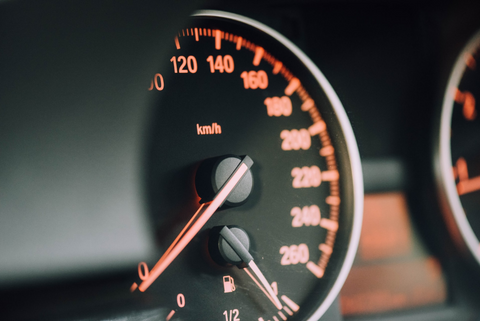
How Do Auto Insurance Limits Work?
Auto insurance limits refer to the maximum amount of money that an insurance policy will pay out for a covered loss. When you purchase an auto insurance policy, you will be asked to choose the limits for certain types of coverage.
Here are a few common types of coverage that may have limits:
- Liability coverage: Liability coverage is typically required by law and covers damages or injuries that you cause to other people or their property. The limits for liability coverage are usually expressed as three numbers, such as 50/100/50. These numbers refer to the maximum amount of money the policy will pay out per person for bodily injury, the maximum amount the policy will pay out per accident for bodily injury, and the maximum amount the policy will pay out per accident for property damage, respectively.
- Medical coverage: Medical coverage, also known as personal injury protection (PIP) or medical payments coverage, pays for medical expenses resulting from a covered accident. The limit for medical coverage is the maximum amount of money the policy will pay out per person per accident.
- Uninsured/underinsured motorist coverage: Uninsured motorist coverage protects you if you are in an accident with a driver who does not have insurance. Underinsured motorist coverage protects you if you are in an accident with a driver who does not have enough insurance to cover your damages. The limits for uninsured/underinsured motorist coverage are the maximum amount of money the policy will pay out per person per accident.
It's important to choose appropriate limits for your coverage, as choosing limits that are too low could leave you financially vulnerable if you are in an accident. On the other hand, choosing higher limits will generally result in a higher premium.



